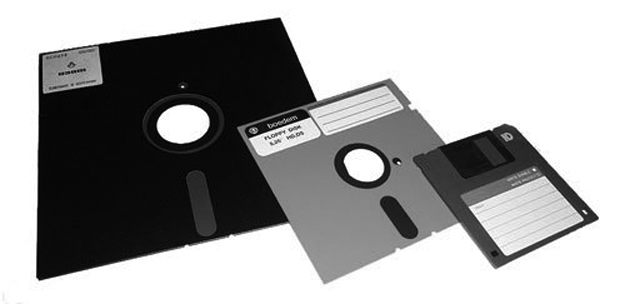Digital memory through the ages
See More | November 01 2013
With this month’s issue being the Remembering Issue I thought I would concentrate my column on digital remembering. Memory for computers and a lot of everyday devices comes in many forms and most people have no idea what a lot of the terms mean or what the different devices do. Allow me to enlighten
you as to what everything means. Let’s start by talking about your personal computer. The basic memory is called ROM, which stands for Read Only Memory. This is the memory that the computer uses to boot up and get going. Many devices nowadays have ROM or something else called Firmware — for basic intents they are the same thing. Information stored in ROM or Firmware will still exist unchanged when you turn off the device it controls.
The next type of computer memory is called RAM or Random Access Memory which is temporary memory that
the computer uses to do tasks while it is in operation. Once the power is turned off the memory is cleared. The more RAM you have in your computer, the faster and more efficiently it will work. Now that your computer has booted up and has memory to work with, you will now need more memory to permanently
store things. Storage memory comes in a few forms. We have internal hard drives which can be either a hard disk drive which stores electrons on a spinning disc (the most common) or a solid state drive which does not have any moving parts. The solid state drive is a better drive but it is seven to eight times more expensive than the hard disk drive. At one time the only way to store data and move data from one computer to another was on floppy disks, which I remember starting at 8 inches, then went to 5-and-a-quarter then
finally to 3-and-a-half inches.
The main disadvantage to the memory on
CDs, DVDs, and Blurays is that they can become scratched or eventually just deteriorate due to age. Like human memory, digital memory fails sometimes and fades with age.
These have now been replaced by CDs, DVDs, Blu-ray discs, and external hard drives. We can now also use
thumb drives or USB drives which, unlike most CDs, DVDs, and Blu-rays, have the ability to be used, copied to easily, and erased. In the last six to eight years digital photography has gotten incredibly popular and at one time there were about ten different types of memory cards depending on the brand and model of your camera. The memory card wars are over (hopefully) and there are now two main types of cards: CF
(Compact Flash) and SD (Secure Digital). Both have pluses and minuses, but both are great cards. It is your camera that decides which format. You now have a basic understanding of digital memory types. Most
memory is made in one of two ways. The first way is by using charged electrons.
This type is made up of disk drives, memory cards, flash drives, and tapes, such as VHS. The second is made by having bumps that get read by a laser such as CDs, DVDs, and Bluray discs. Both of these types
have their advantages as well as disadvantages. The main disadvantage to electron based memory is that anything magnetic can erase it. That’s why sometimes the strip on the back of your credit card stops working, it is another form of this type of memory which is also called magnetic media. So if you have any powerful magnets at home, keep them away from your computers. The main disadvantage to the memory on
CDs, DVDs, and Blurays is that they can become scratched or eventually just deteriorate due to age. Like human memory, digital memory fails sometimes and fades with age. It has been said many times by many industry experts that a digital file is not really saved until it has been saved on three different devices. And as a final thought just remember to always be saving.




Leave a Reply
You must be logged in to post a comment.